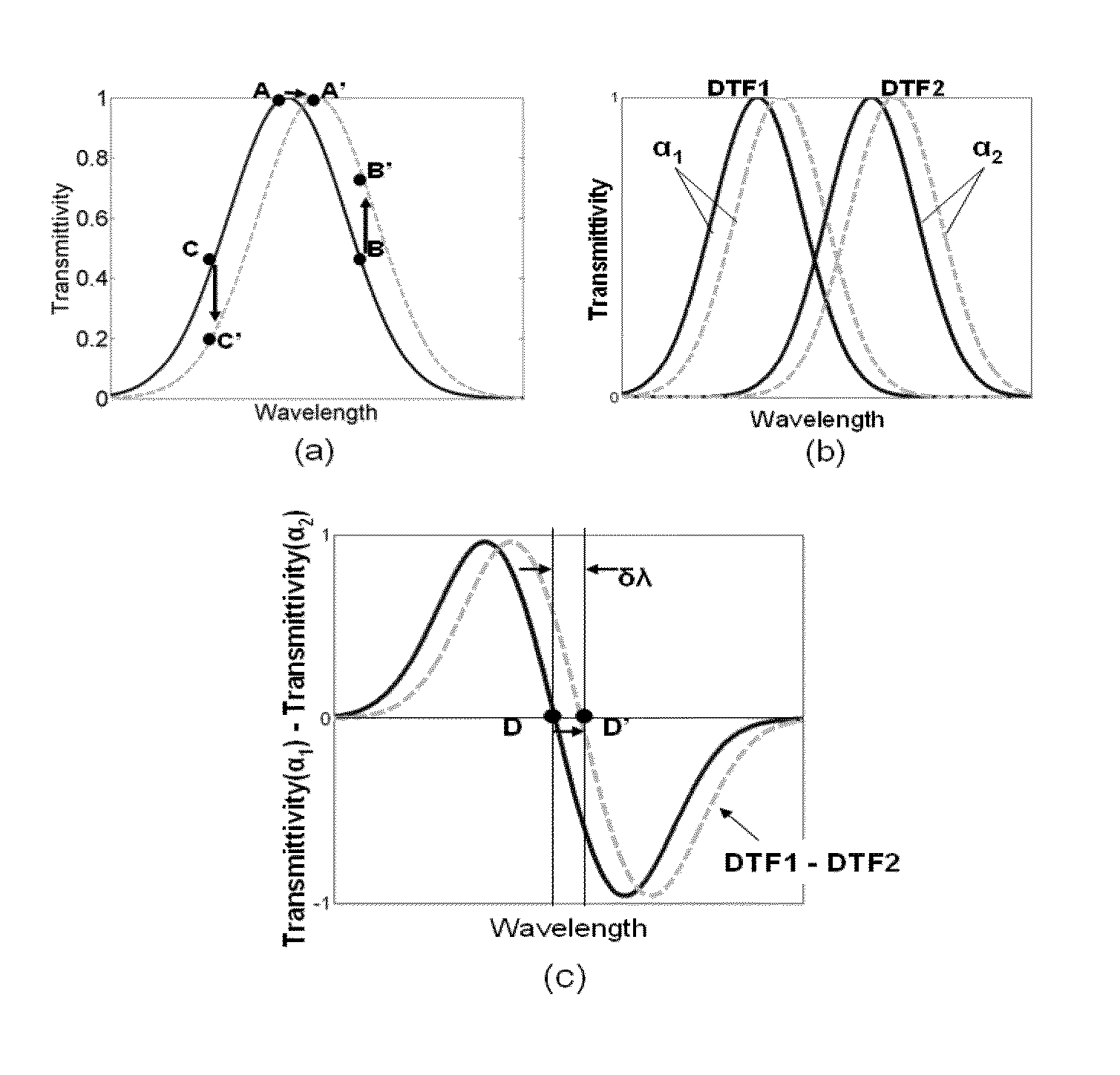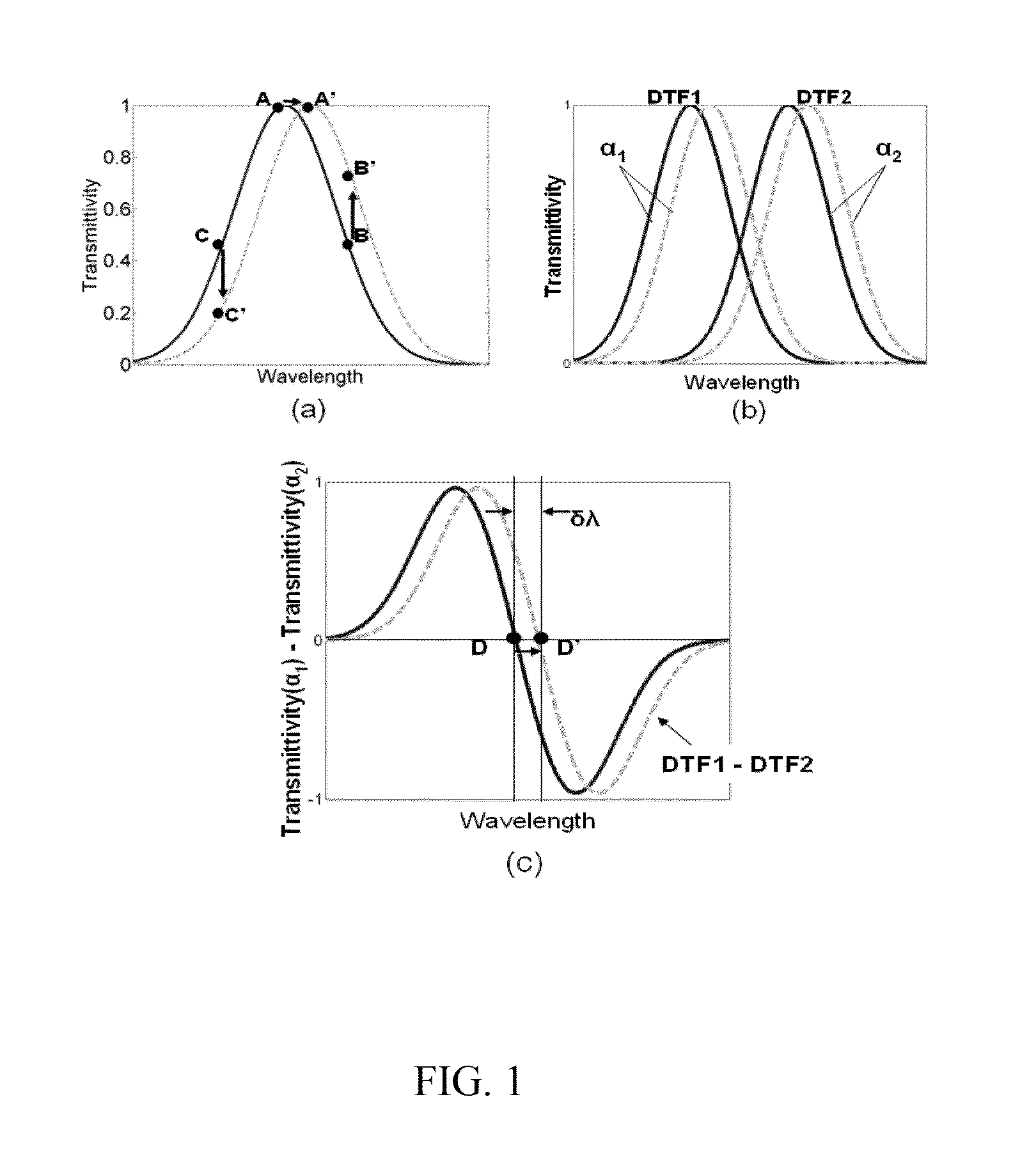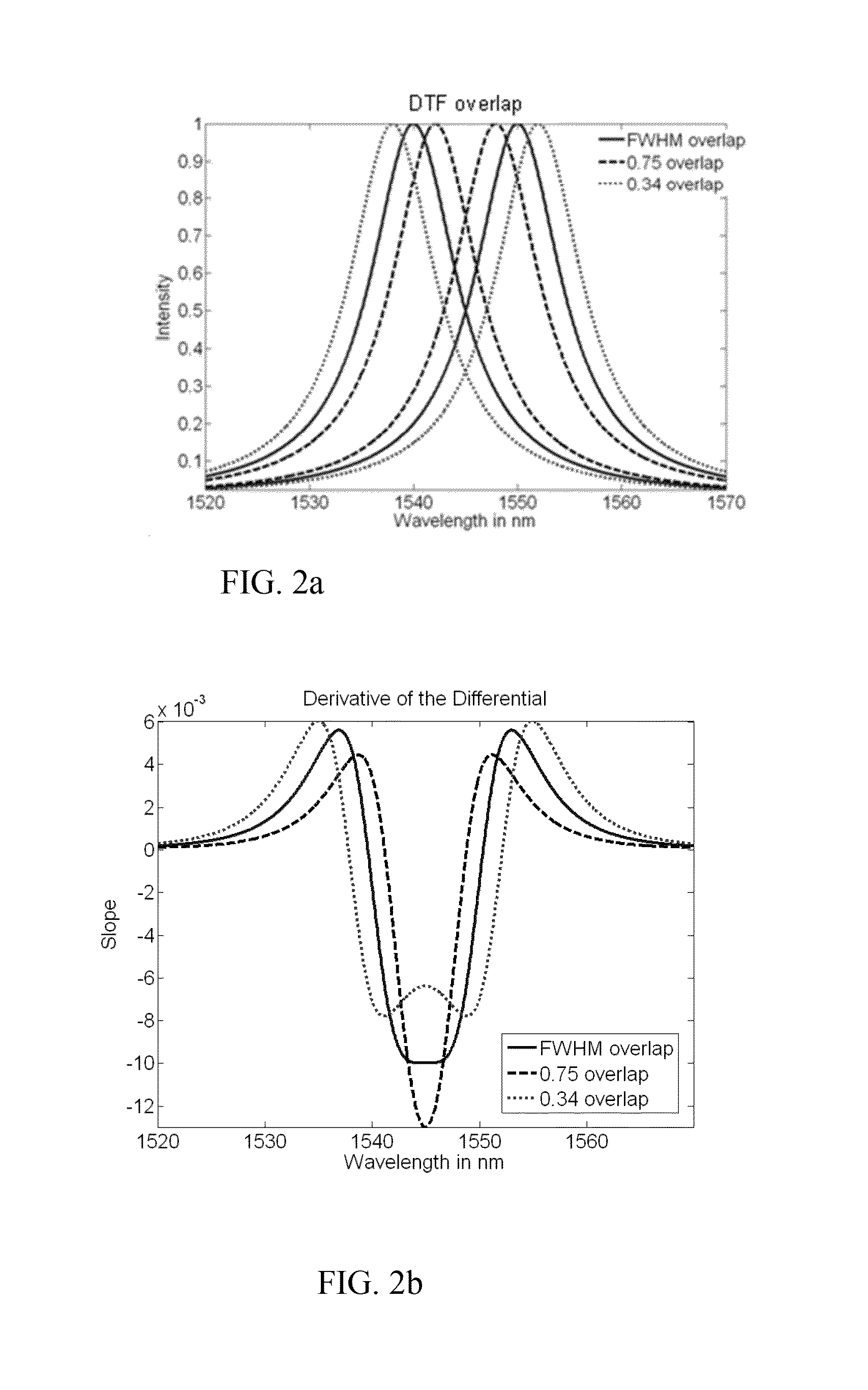Differential detection for surface plasmon resonance sensor and method
a surface plasmon and sensor technology, applied in the direction of instruments, material analysis, measurement devices, etc., can solve the problems of antibody cross-reactivity problems, inaccurate detection,
- Summary
- Abstract
- Description
- Claims
- Application Information
AI Technical Summary
Benefits of technology
Problems solved by technology
Method used
Image
Examples
Embodiment Construction
[0021]As has been described above, the development of disease-related biomarker panels will require fast and efficient methods for obtaining multiparameter protein profiles. Commonly used fluorescent labeling processes are easy to implement, but they disrupt the accurate measurement of kinetic constants and can lead to antibody cross-reactivity problems. An alternative, label-free biodetection method utilizes the phenomenon of surface plasmon polariton (SPP) resonance. SPP based devices integrate microfluidic channels with metal-dielectric layer chips, and measure transmittance or reflectance of light, hereafter referred to as Device Transfer Function (DTF), at the metal-fluid interface. The DTF exhibits a sharp resonant feature when the probe wavelength and the angle of incidence satisfy the condition for SPP excitation. The location of the resonance depends on the refractive index of the fluid, and therefore informs on its biochemical composition.
[0022]FIG. 1a shows typical SPR (S...
PUM
 Login to View More
Login to View More Abstract
Description
Claims
Application Information
 Login to View More
Login to View More - R&D
- Intellectual Property
- Life Sciences
- Materials
- Tech Scout
- Unparalleled Data Quality
- Higher Quality Content
- 60% Fewer Hallucinations
Browse by: Latest US Patents, China's latest patents, Technical Efficacy Thesaurus, Application Domain, Technology Topic, Popular Technical Reports.
© 2025 PatSnap. All rights reserved.Legal|Privacy policy|Modern Slavery Act Transparency Statement|Sitemap|About US| Contact US: help@patsnap.com



